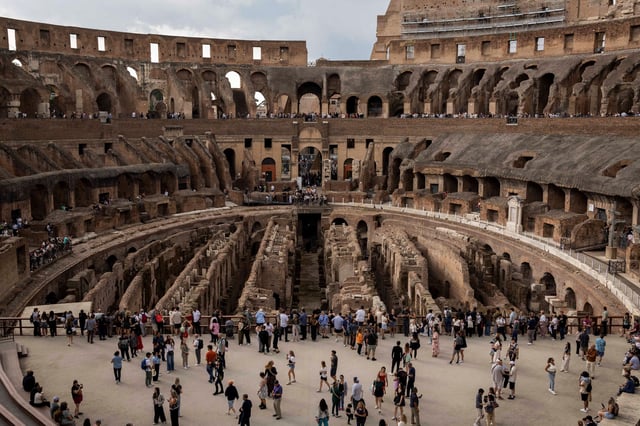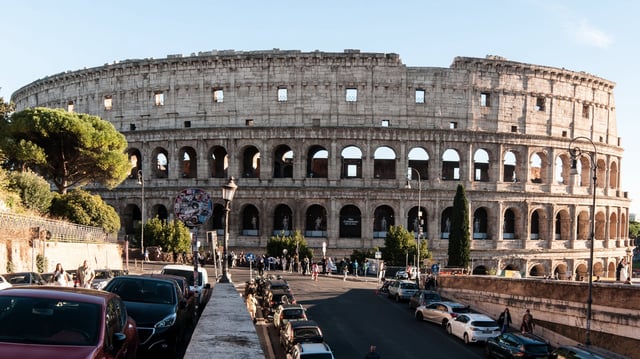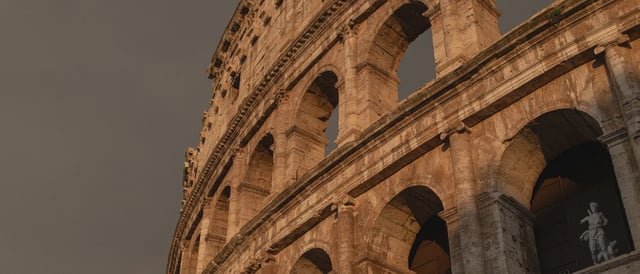Overview
- Public access begins Oct. 27 after restoration by the Colosseum Archaeological Park, including new lighting designed to mimic sunlight.
- The passage allowed emperors to enter the arena and reach the imperial seating without mixing with crowds.
- Archaeologists date the corridor to an addition cut through the foundations around the late 1st to early 2nd century AD.
- Traces of marble cladding, painted plaster landscapes and stuccowork survive, though damp conditions have made conservation difficult.
- The tunnel currently stops after about 60 yards because of modern sewage infrastructure, leaving its original extent uncertain.


